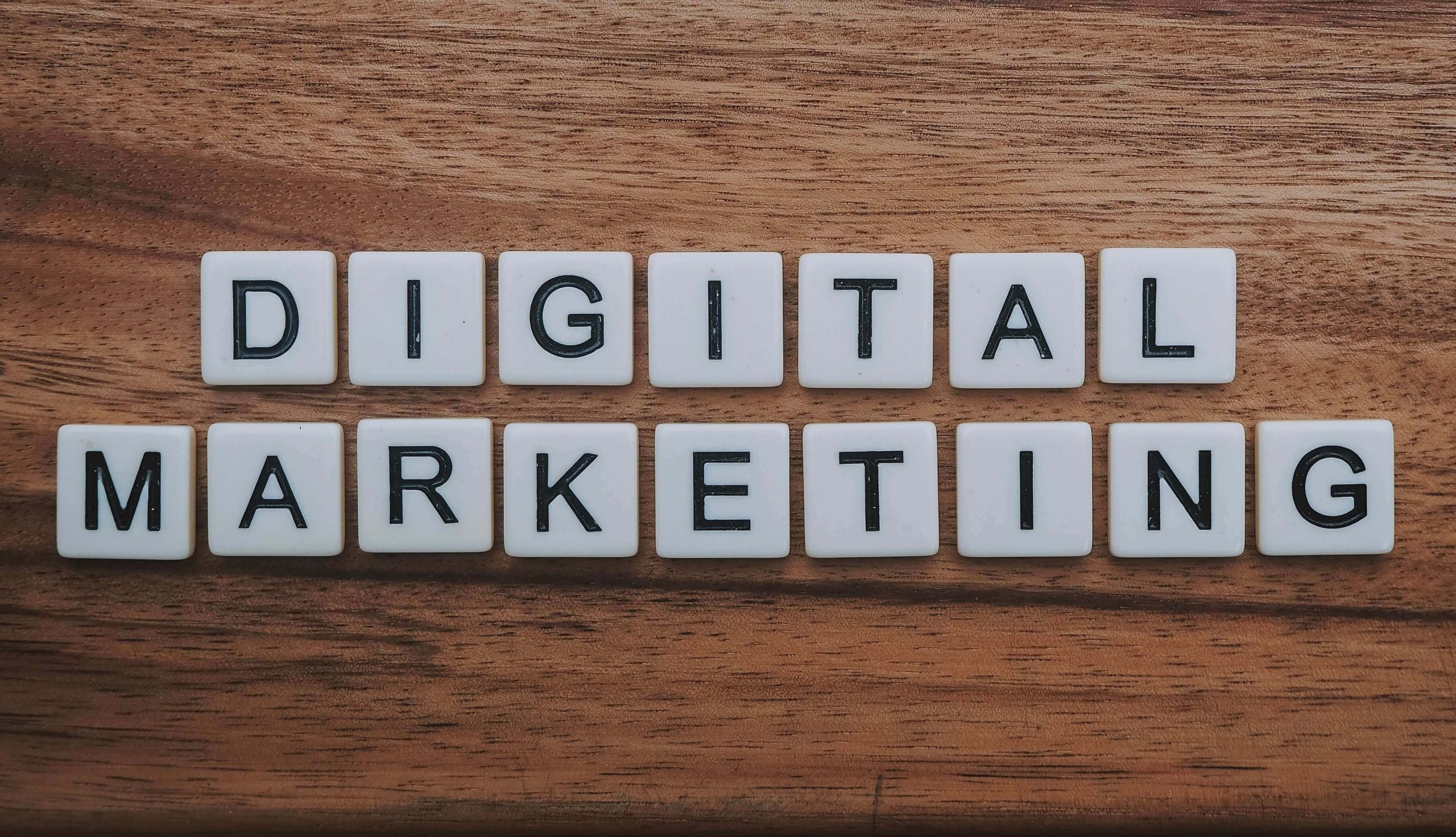Before 2020, some businesses were relatively slow to catch up to the digital age. Small mom-and-pop stores preferred to deal with customers as they came into the shop rather than paying for and maintaining an online presence. Although a certain percentage of companies adopted digital trends, the movement meandered along.
When COVID-19 arrived in the United States, local and state governments across the country decided to close for varying lengths of time. Mandates forced some places, such as restaurants, to shutter their doors, while a lack of customers worked against others operating as usual.
The changes in society were so rapid and ongoing that most companies may not have fully taken stock of them. Understanding the business trends for 2020 and the value of online marketing for regaining a foothold in the market may allow businesses to thrive in a post-pandemic world. Here are five emerging trends and how to embrace them.
1. Promote Remote Work
Even though most areas reopened to business in late May or early June, much of the American workforce relocated to home offices. Gallup's Panel data shows that around 62% of people worked from home in April due to coronavirus concerns.
U.S. workers may shape the landscape moving forward on remote working. Even when things open back up, some employers may see the advantage of reducing commute times and allowing workers more flexibility in their location.
In the same poll, Gallup also found about 75% of people want to remain at home if given a choice. About 25% of those are still worried about COVID-19, but the other 50% enjoy telecommuting and the convenience and cost savings of the endeavor.
Depending on how long the virus is a concern and if it spikes again may determine how long American workers complete tasks remotely.
At first, everyone scrambled to figure out teleconferencing for meetings and how to organize projects without face-to-face interaction. Now, businesses are finding their groove, and operations are running smoothly. The longer people work in their houses and companies see they are still productive, the higher the odds they will continue at least some telecommuting going forward.
Imagine a world where hiring agents can pull from a pool of qualified applicants no matter where they live. The company could advertise online via sites such as LinkedIn, Monster and Simply Hired and find the best of the best. They might also get their brand name in front of their friends and family when they otherwise wouldn't have heard of the firm.
Recommended: Pros and Cons of Remote Working Teams
2. Say Goodbye to Brick-and-Mortar
The high overhead of brick-and-mortar locations meant some businesses struggled when traffic dropped almost completely during the first few weeks of the pandemic. Small-business owners felt sick to their stomachs as they sent workers home and closed their establishments. They still had to pay rent and other expenses, even with almost zero revenue coming in.
The U.S. Chamber of Commerce surveyed 500 American small-business owners and operators. They found about 70% of them worry about the long-term impact on their finances due to prolonged closures. Others are concerned about another round of closures coming and whether their brand survives.
The country was already slowly moving to a digital model for some services. For example, there are already what's called challenger banks, which have no physical branches or their own ATMs. The entire operation is online, saving customers money and the bank costly startup expenses.
Even though entrepreneurs feel deep concern, many are finding ways to drive sales. Some companies opened online stores and moved to a warehouse model. Their employees can fill orders without coming into contact with the general public, and the majority of their promotions shifted online. Expect some companies to change how they operate and move away from a physical store due to the advantages of digital sales.
3. Advertise Personalized Services
What if the business can't operate in a digital stratosphere? Perhaps it offers a service, such as hairdressing or dog grooming. First, get creative in working around the limitations of coronavirus. A lot of the shift depends on the location of the business.
In some states, restrictions are more rigid. A store may not be able to open at all. In others, places may operate partially with proper spacing and masks. Study the requirements in each area as well as the CDC's recommendations.
Consider adding options such as mobile services. One can easily fit a van with a chair and the supplies needed to style someone's hair at home. There are already mobile grooming operations but expect more to pop up.
Another idea is creating a more personalized service. If a company can't serve as many people, perhaps it can offer something of higher value so it can charge a bit more. The brand either reaches more customers or earns more on each one. In a COVID world, making more money on current clients is probably the best course of action.
How do brands advertise these new services? Start with the current client base. Reach out to them via email and text and let them know about any changes or added benefits to meet their needs. Tap into their emotions and reassure them workers take every precaution so they don't need to fear.
4. Tap Into Online Surges
People are online more than ever before. They are working from home and staying in their houses. With sporting events, concerts and other entertainment canceled, there are limits on where to spend time. According to Statista, 39.4% feel they use YouTube more due to being confined at home.
Sites such as YouTube were already popular, and many businesses turned to Facebook Live in the past year or two. When a brand needs to reach a new global audience, video is an excellent choice. With a halfway decent smartphone, a tripod and the right backdrop, nearly anyone can create an informational video. The size of the business doesn't matter. Consumers are home more and are hungry for material to watch.
Think about what pain points customers currently face. What are the issues driving them to find answers? Once a business understands their needs, it's easier to create videos offering solutions to their questions. Showing how to use its products or services can help them get past the issue.
Study what competitors put out there and try to cover subjects they've missed. Videos need to have an edge those others don't. Should the brand take a different tone? Think through what current customers already love about the company and how it translates into video marketing.
5. Meet Clients Online
In March, the New York Times reported companies such as Microsoft saw an increase in the number of people using teams. It mentioned the number of users in one week grew 37%. It points to the global movement toward remote work as the reason for the rapid growth.
If a business used to hold meetings with clients and potential leads, it could shift those to an online environment. Promoting the fact the customer doesn't have to come into the office may make them choose one business over another. It is impossible to say when there might be a vaccine or treatment for COVID-19. Those at risk don't want to unnecessarily expose themselves to potential germs.
Make online meetings or phone calls part of the marketing push to show the target audience the company worries about their safety.
When executives must meet in person, inform them of the procedures, and ensure they feel confident in them. For example, take everyone's temperature as they enter the front door, wear masks and use hand sanitizer. Clean the office after each meeting or use ultraviolet light to disinfect.
Recommended: How to Stay Virtually Connected with Your Customers
Online Marketing Expansion
Expect digital marketing to continue in growth going forward. Those who open new businesses are much more likely to look toward an online model to avoid the risk involved in opening a physical location. Even service-based companies may need to turn to digital ads to draw customers they haven't reached before.
With a little flexibility and a lot of creativity, most organizations can overcome the changes coronavirus brings to the business world. Don't be afraid to try new things and experiment with different marketing techniques.
Featured Image: https://unsplash.com/photos/SB0WARG16HI
Related Posts
Devin Partida writes about topics concerning tech and the internet. She is also the Editor-in-Chief of ReHack.com.







